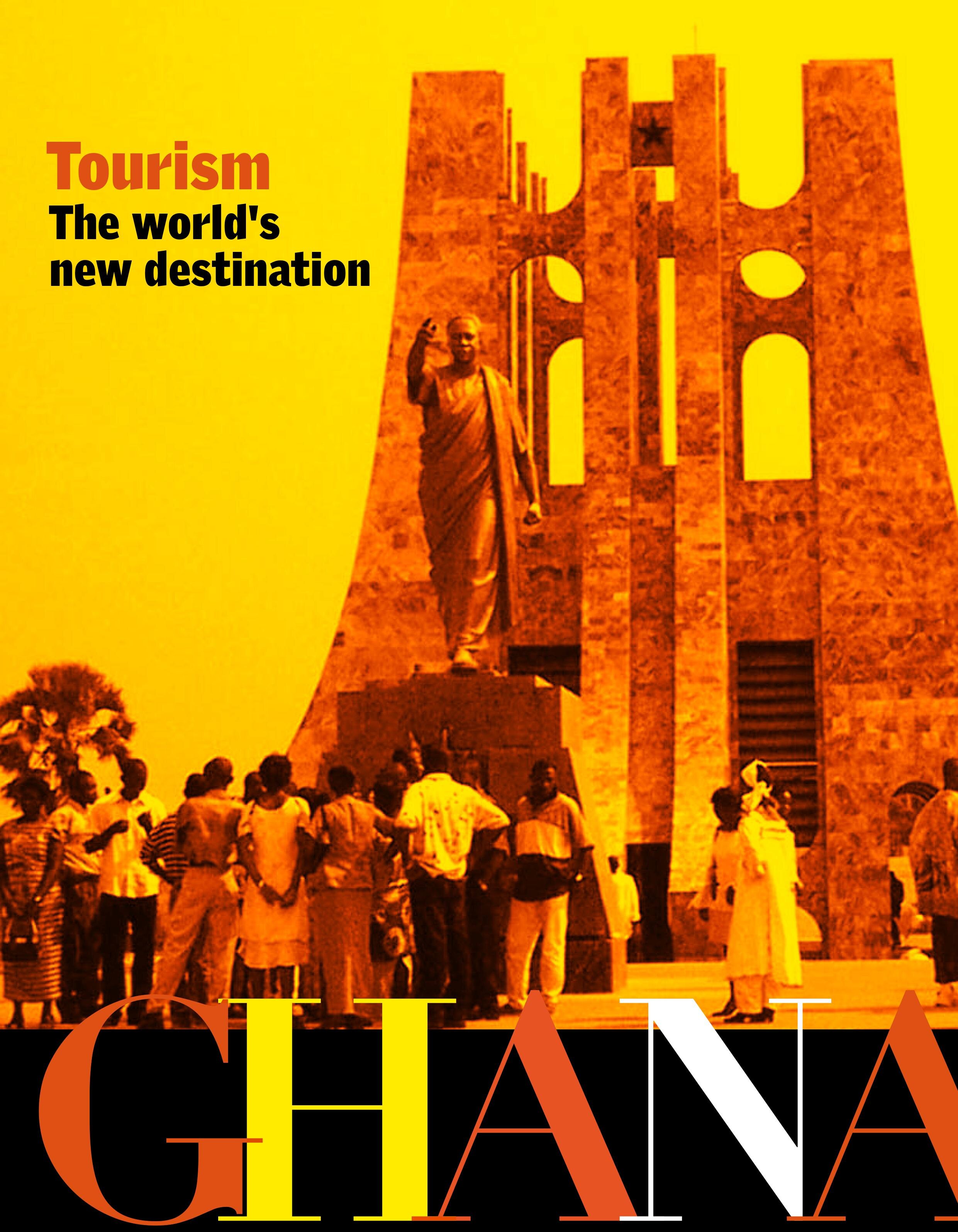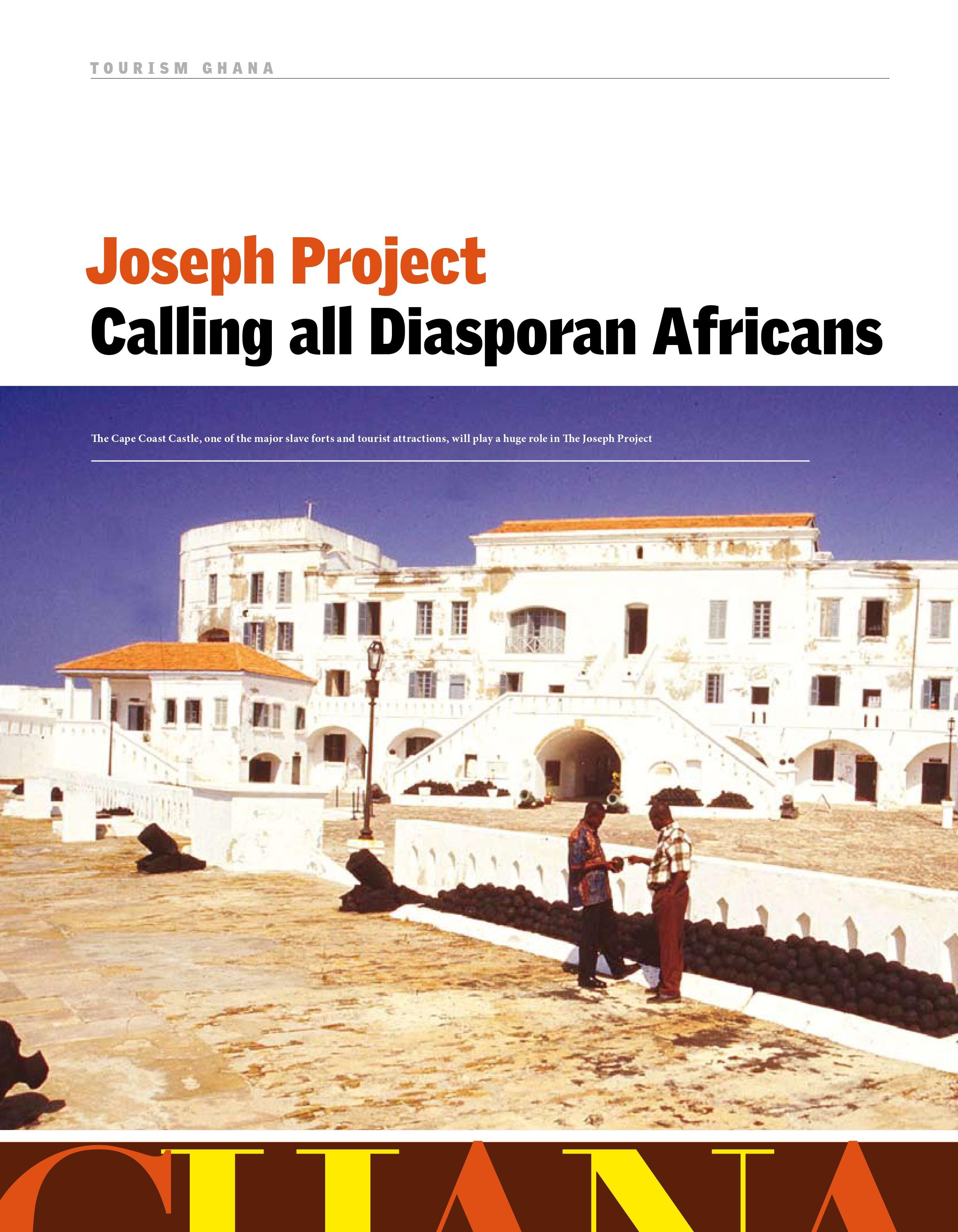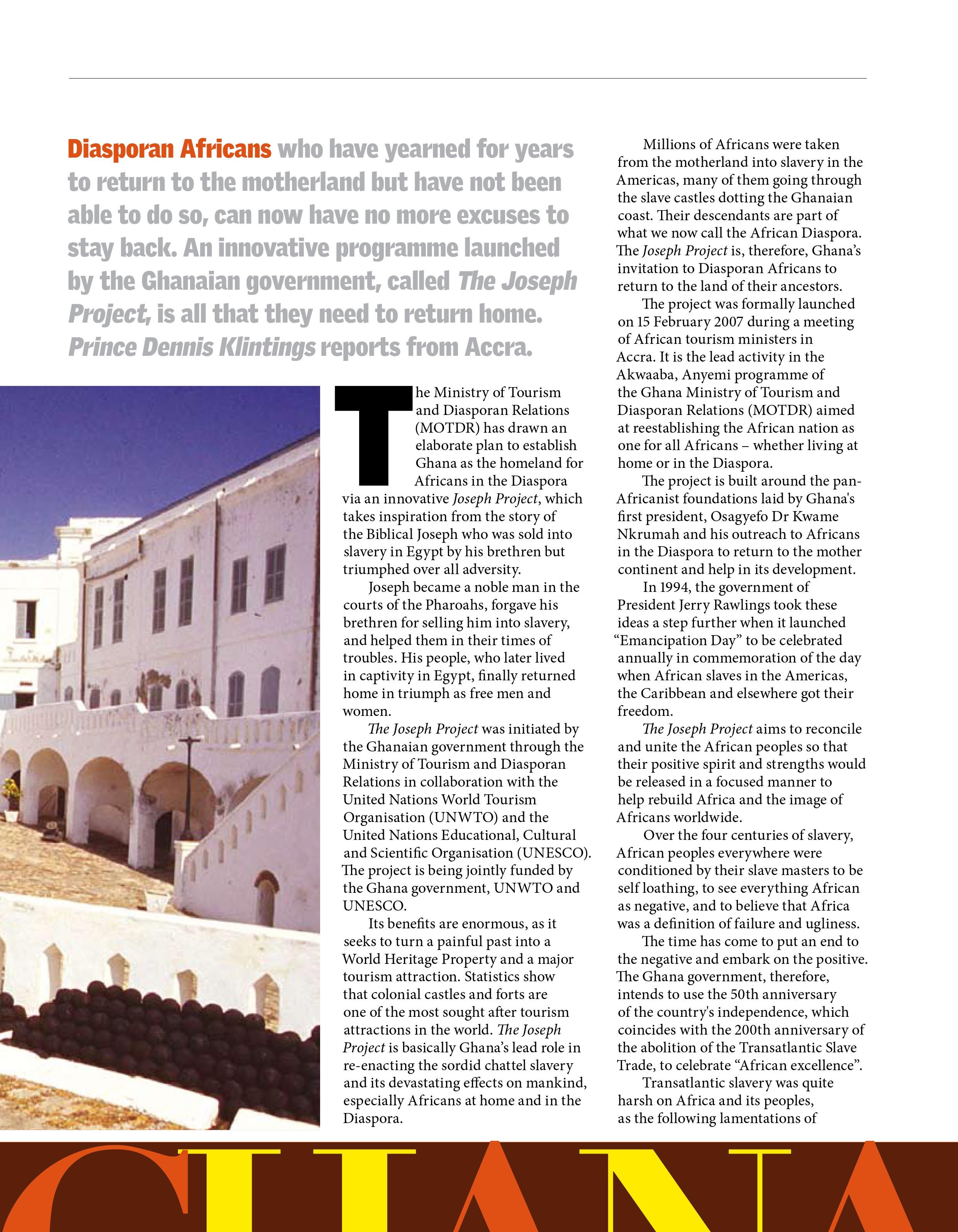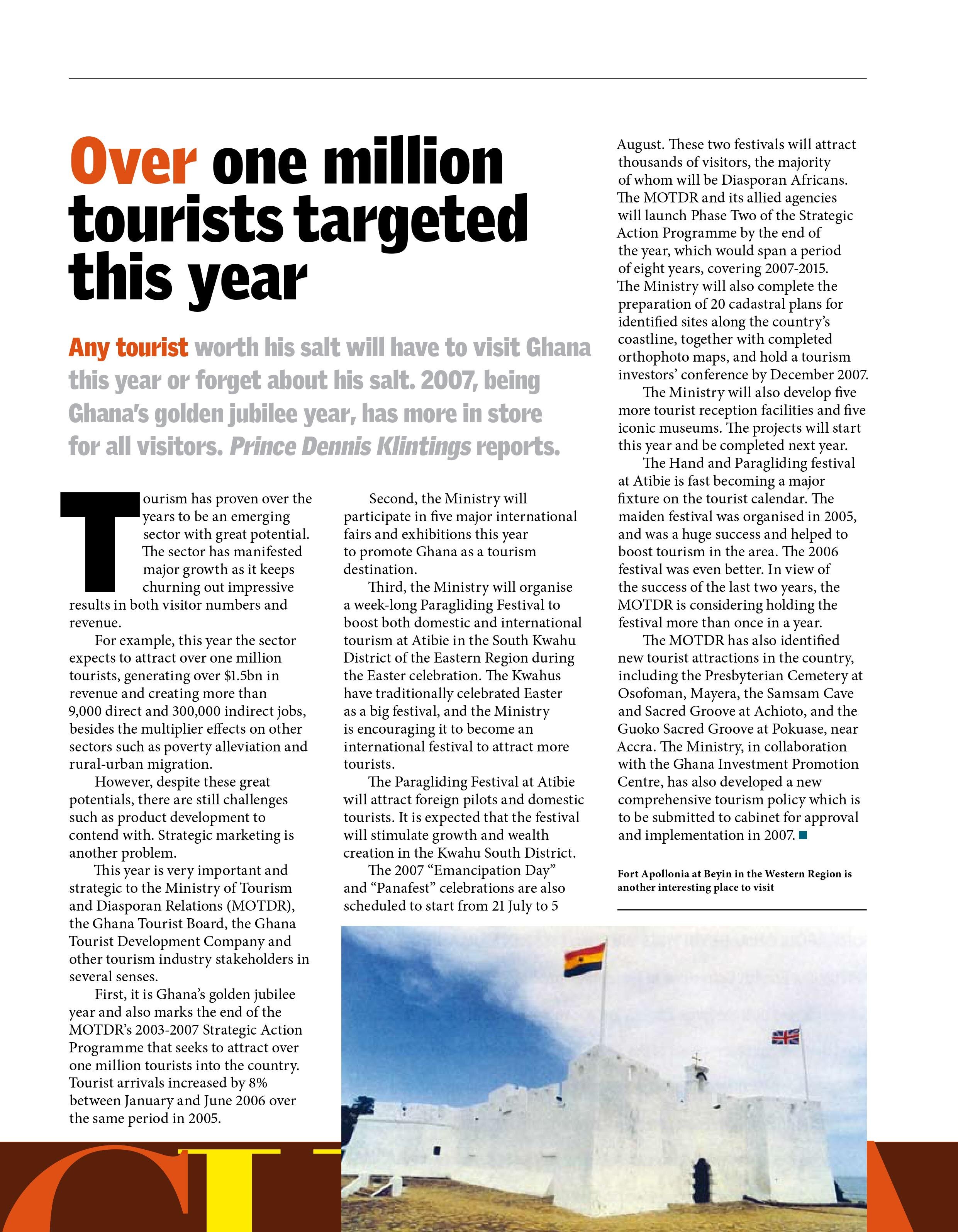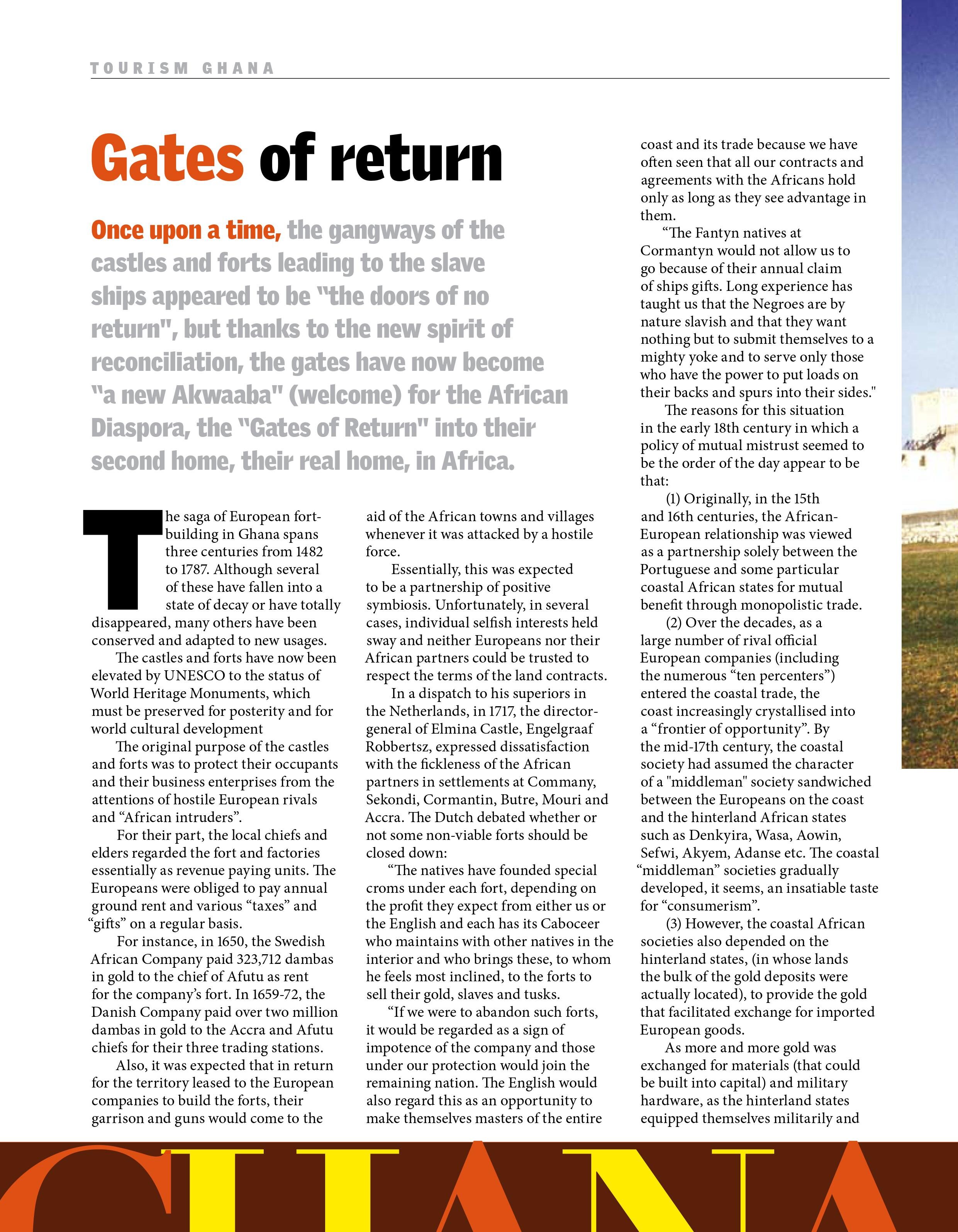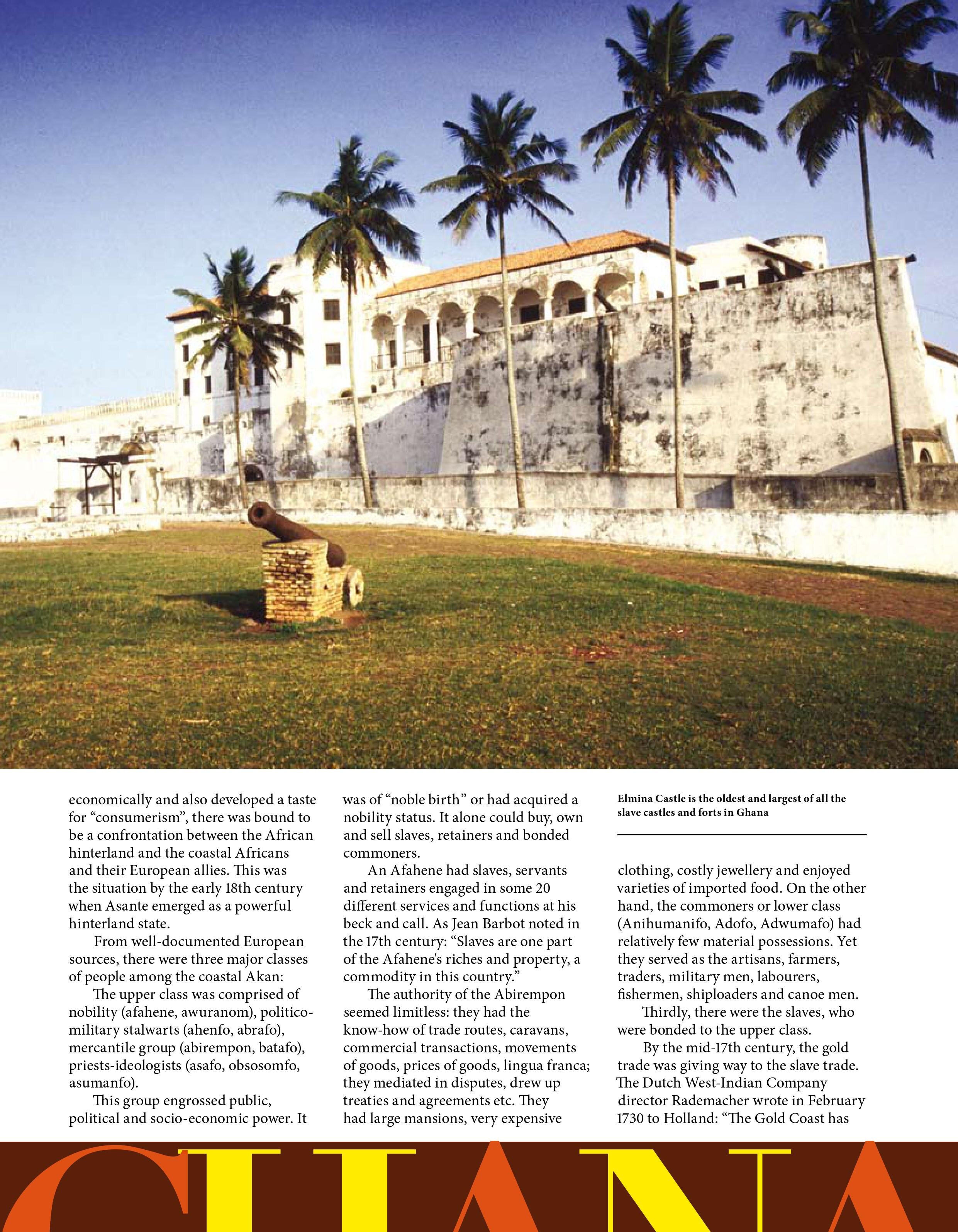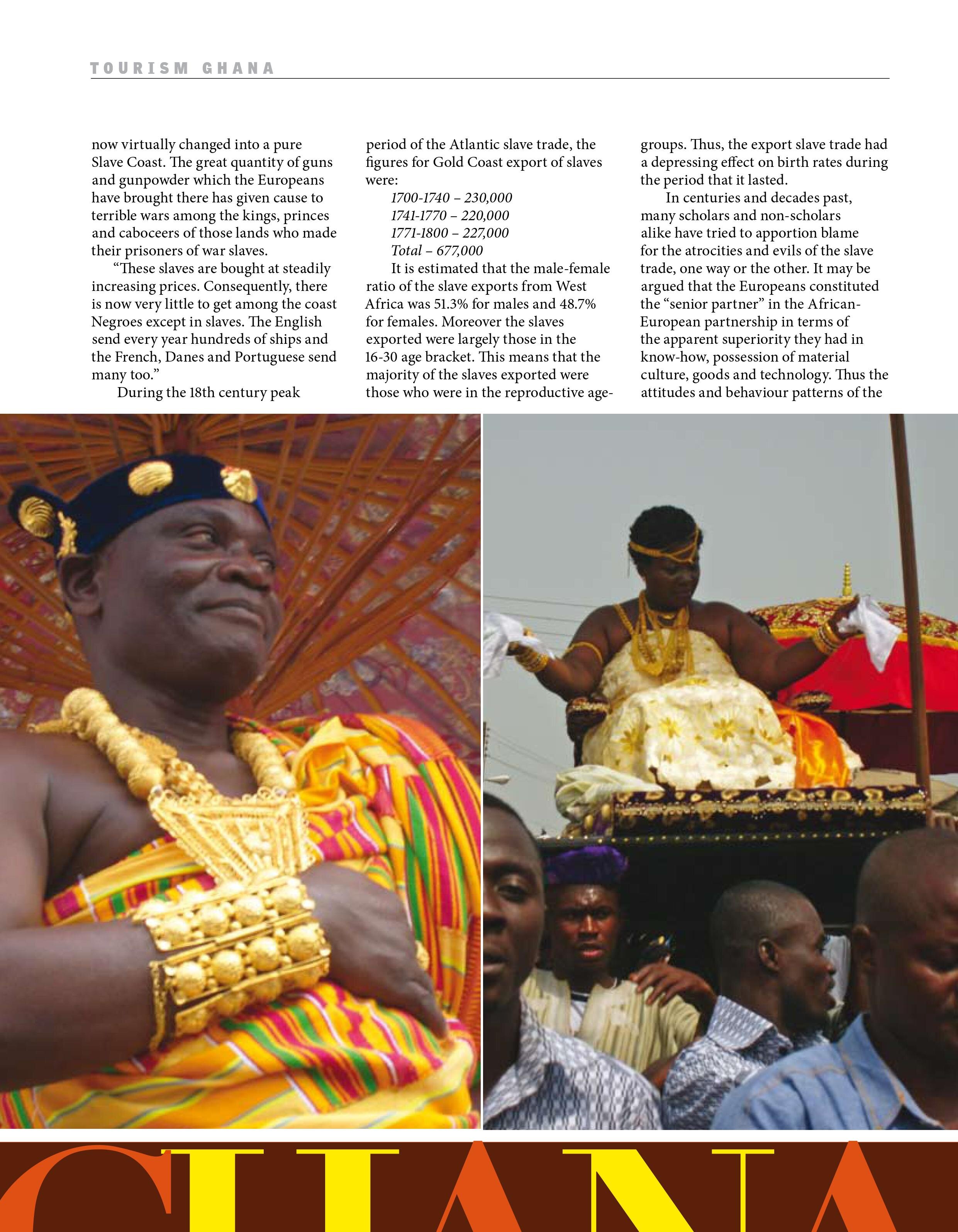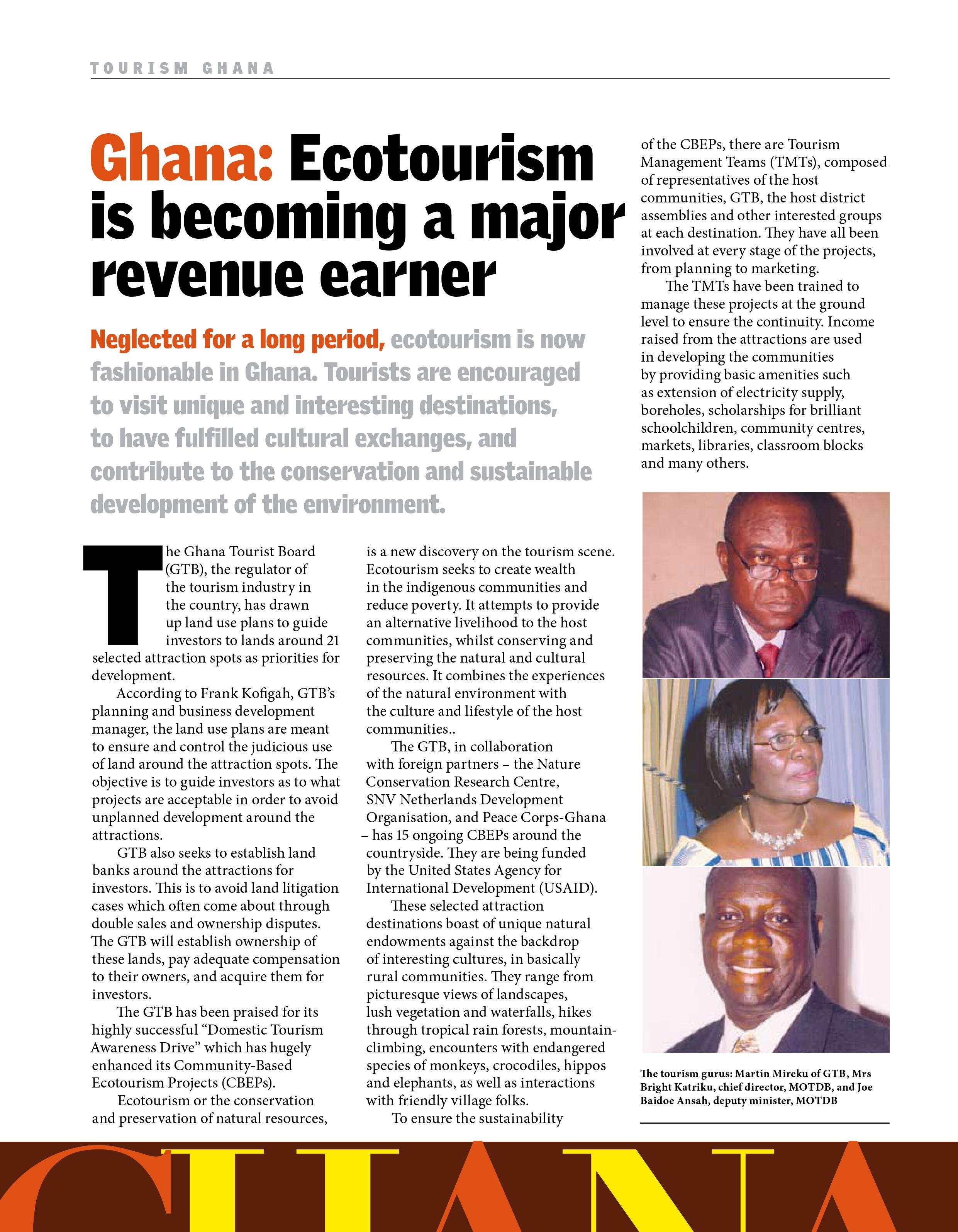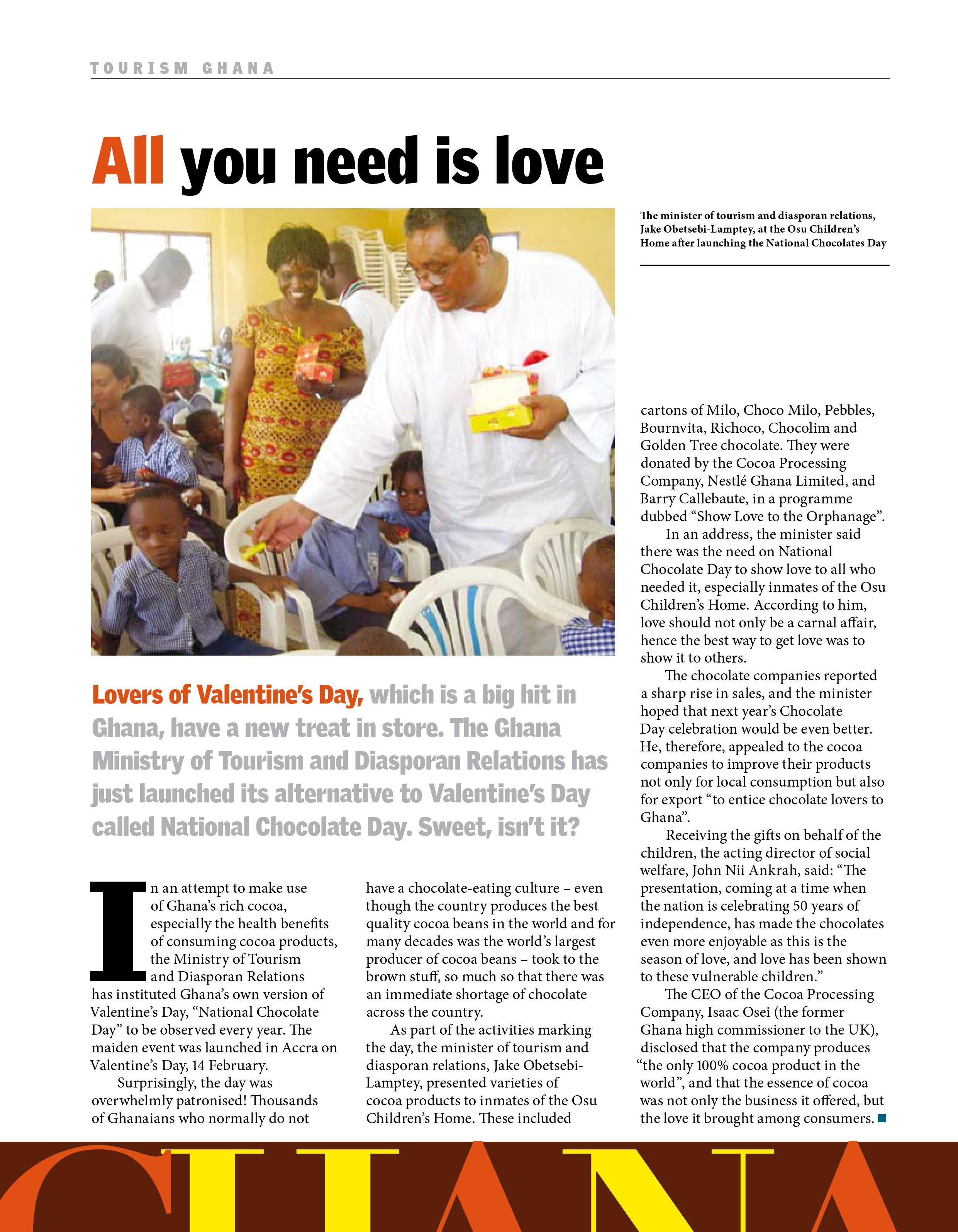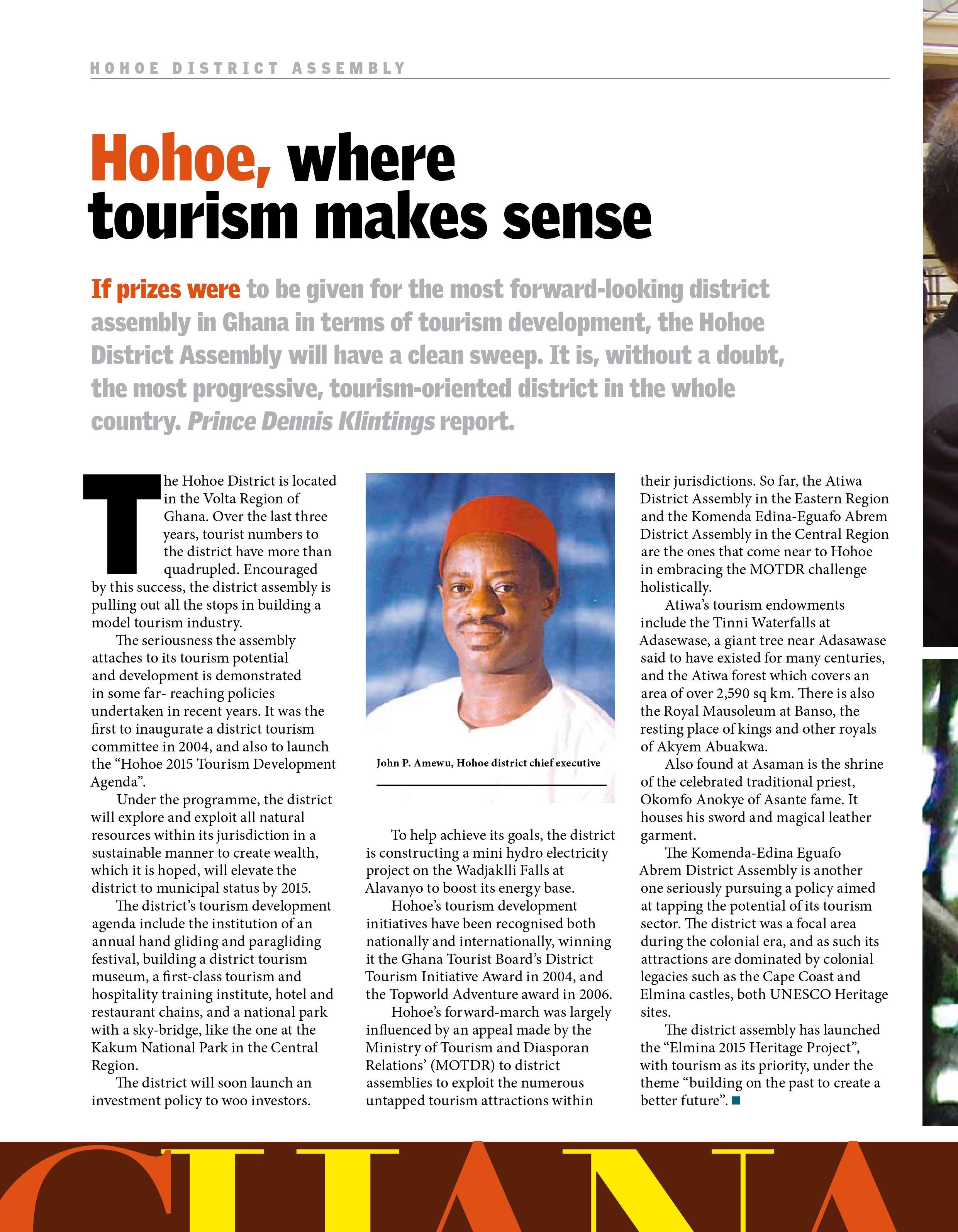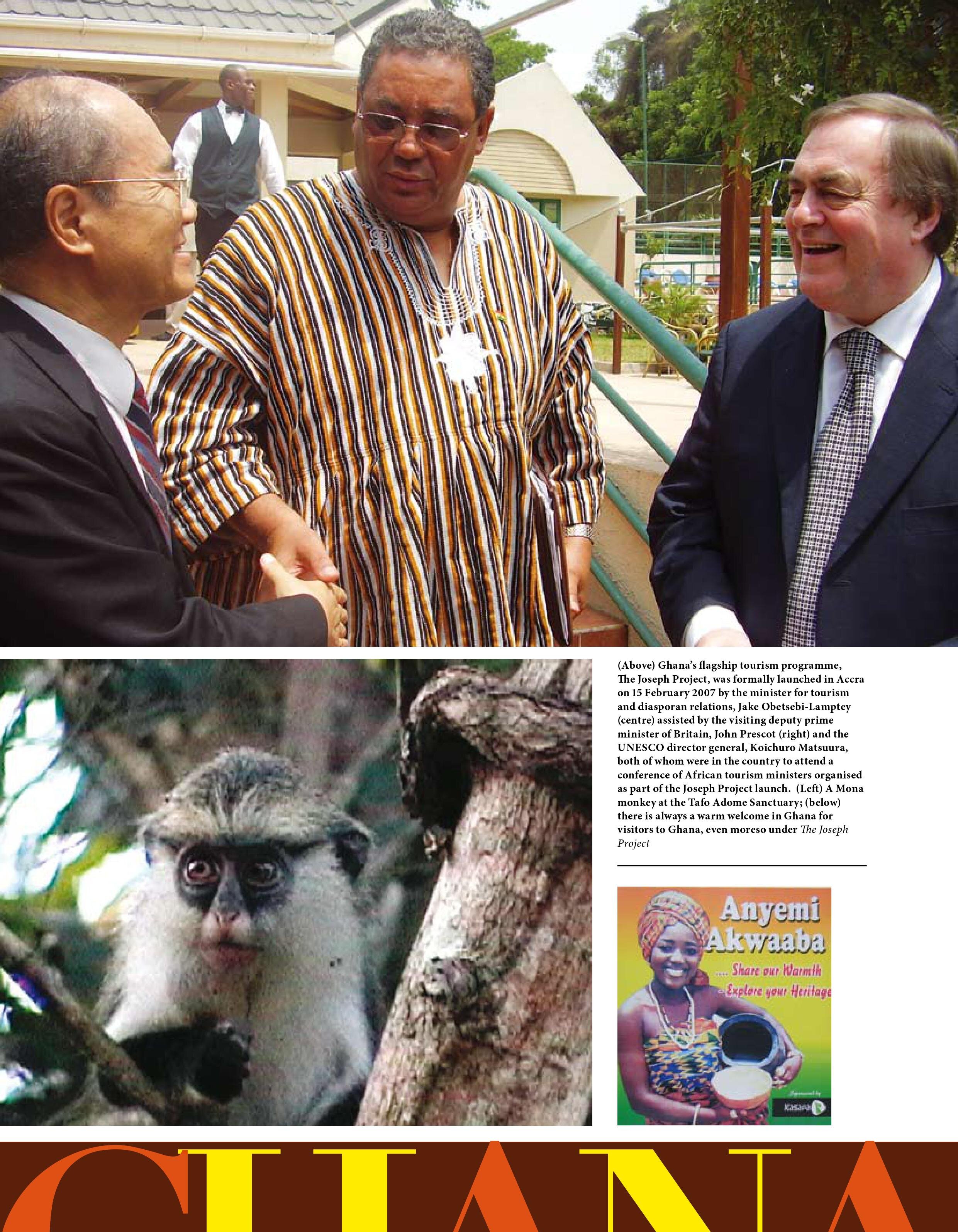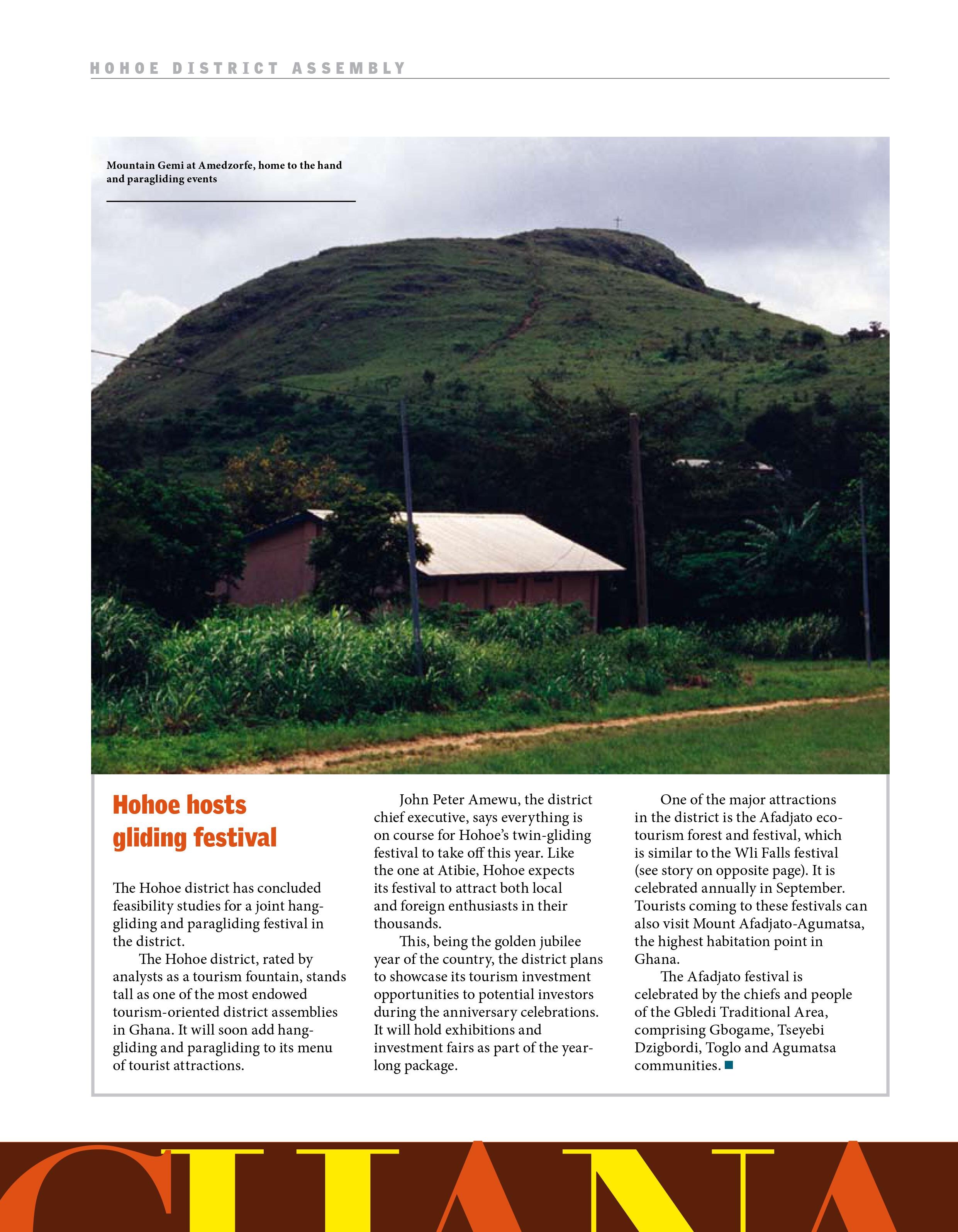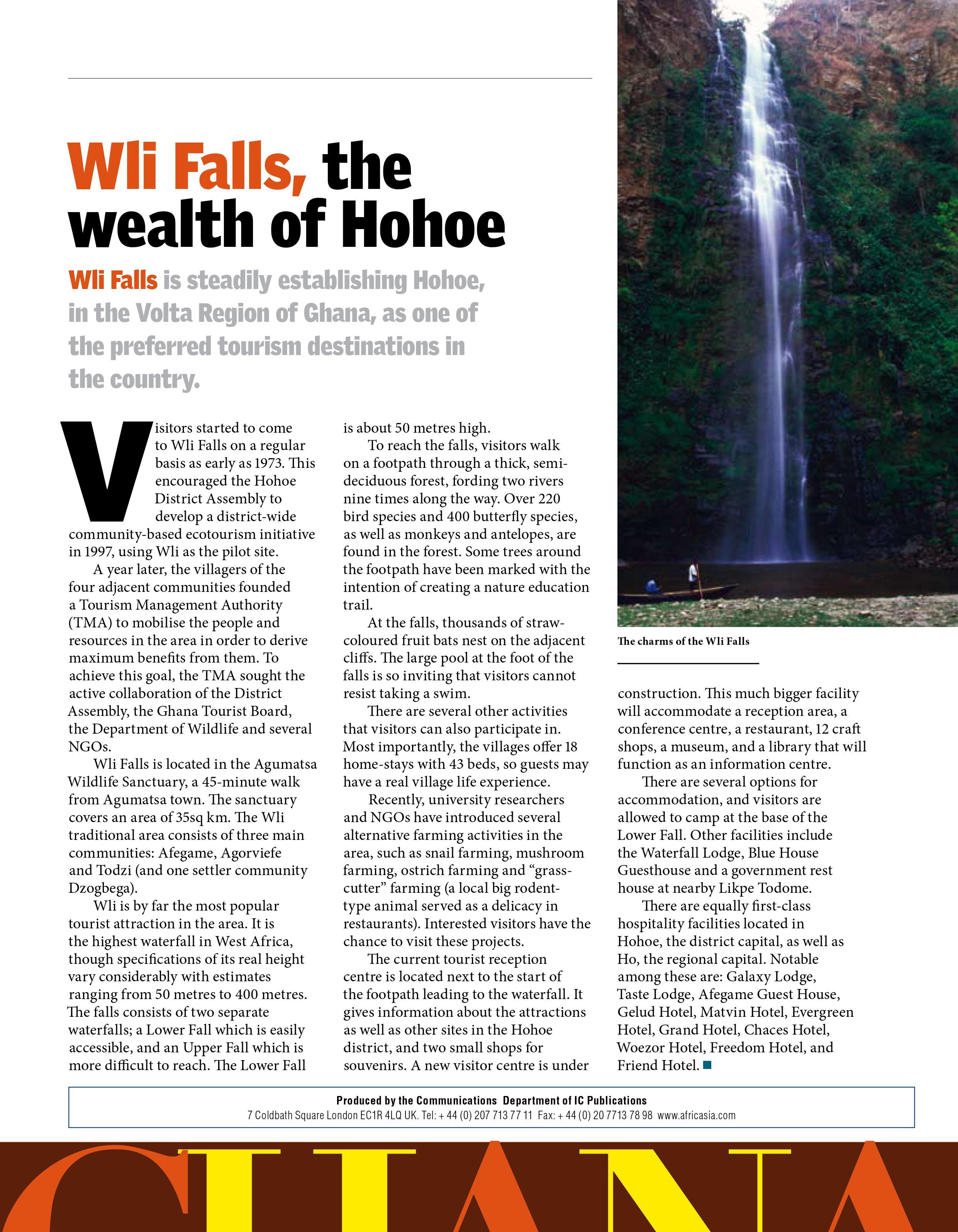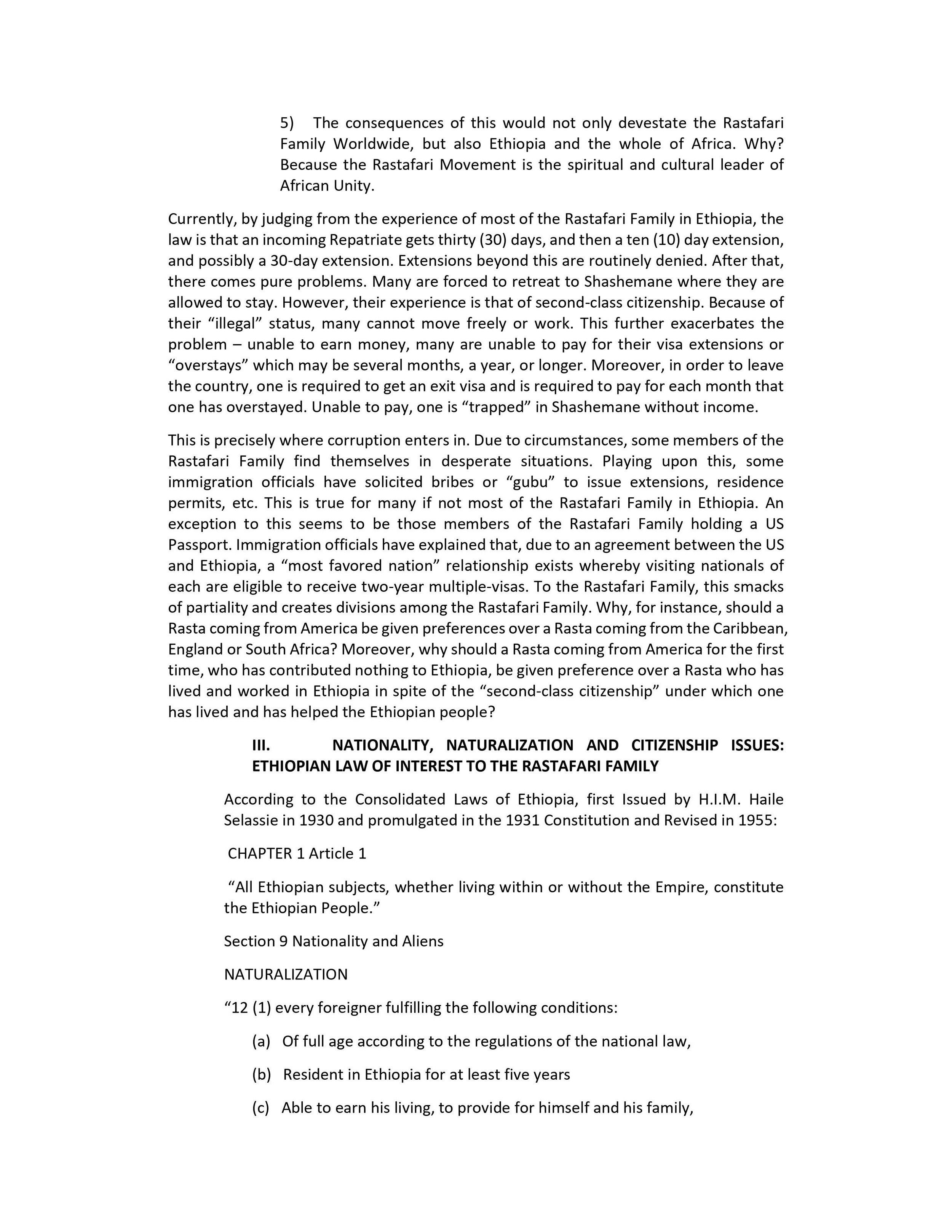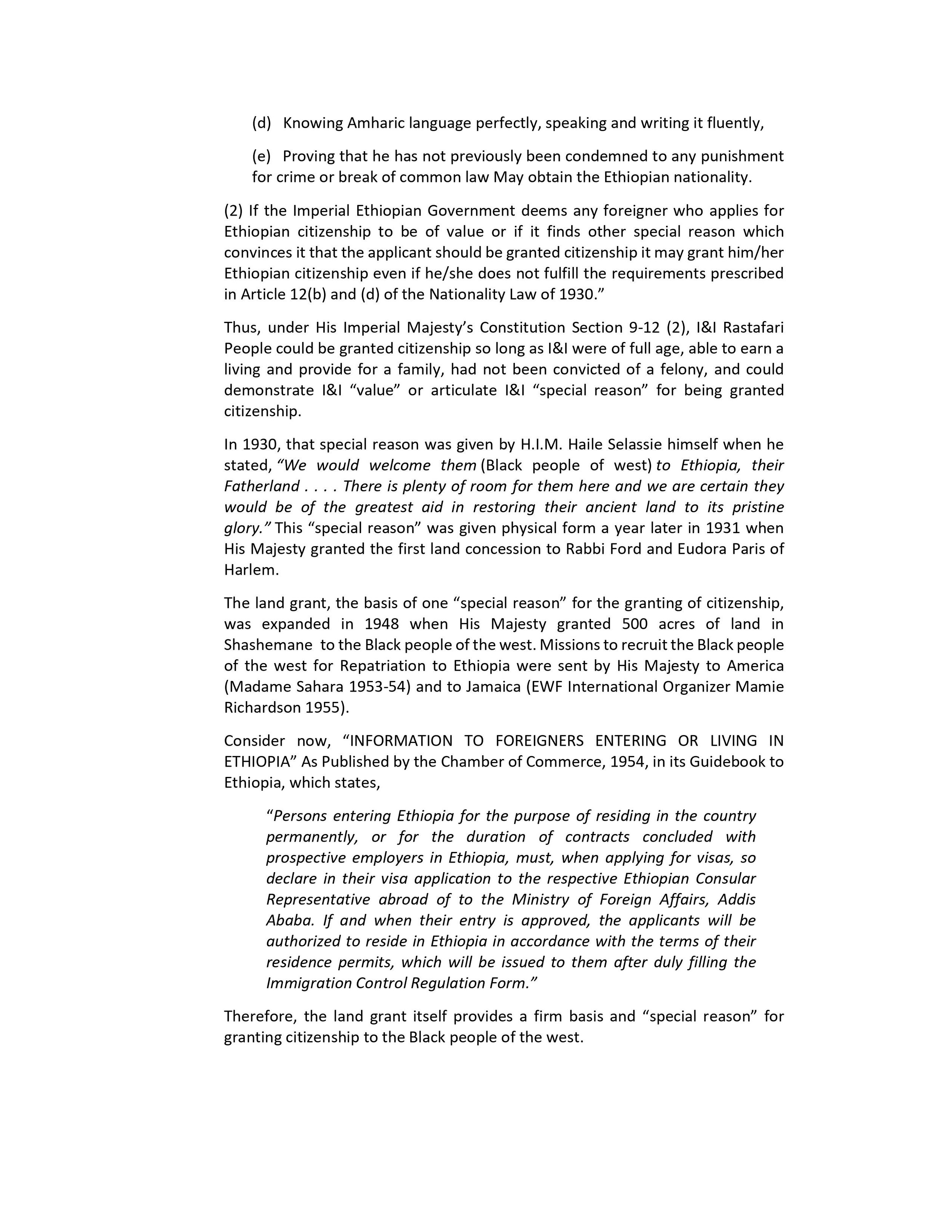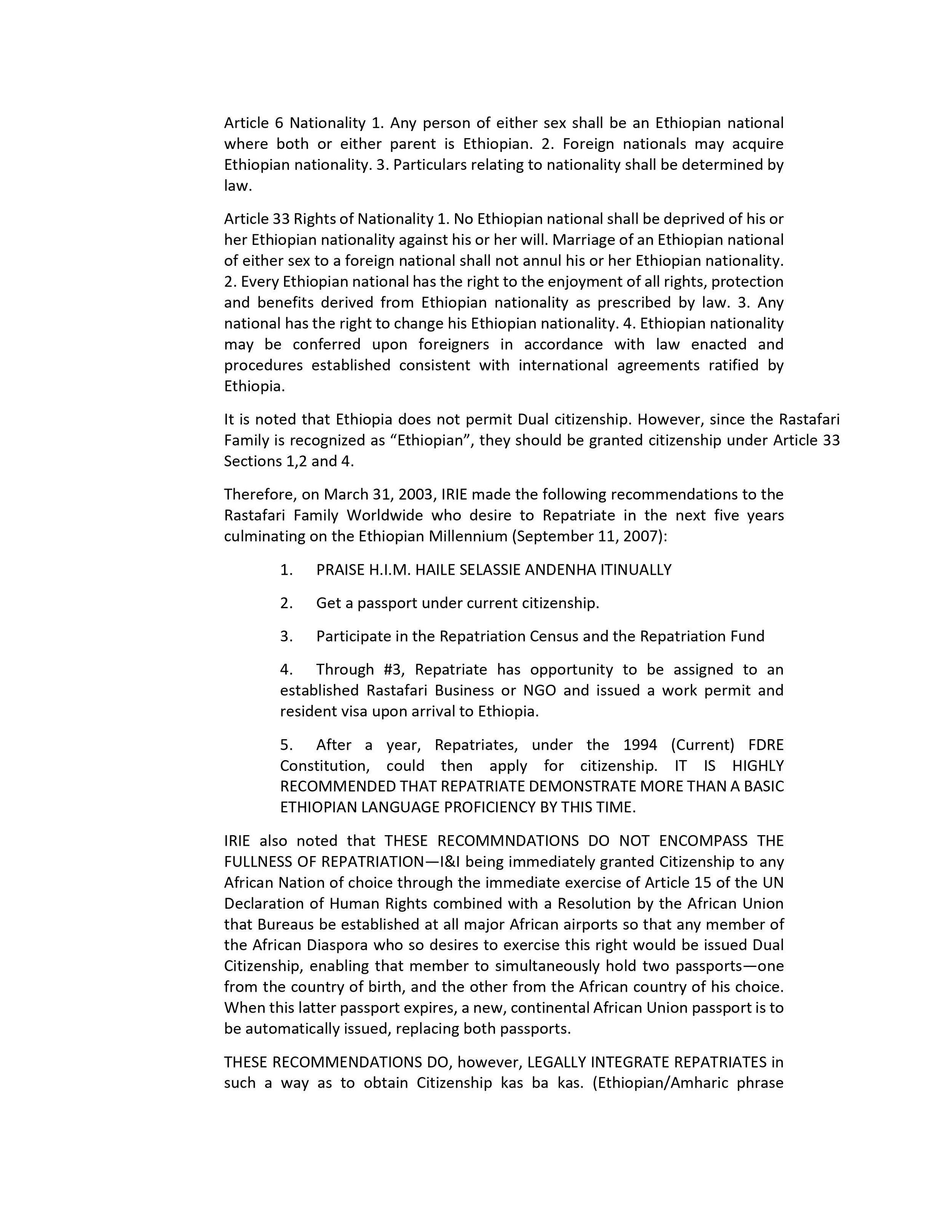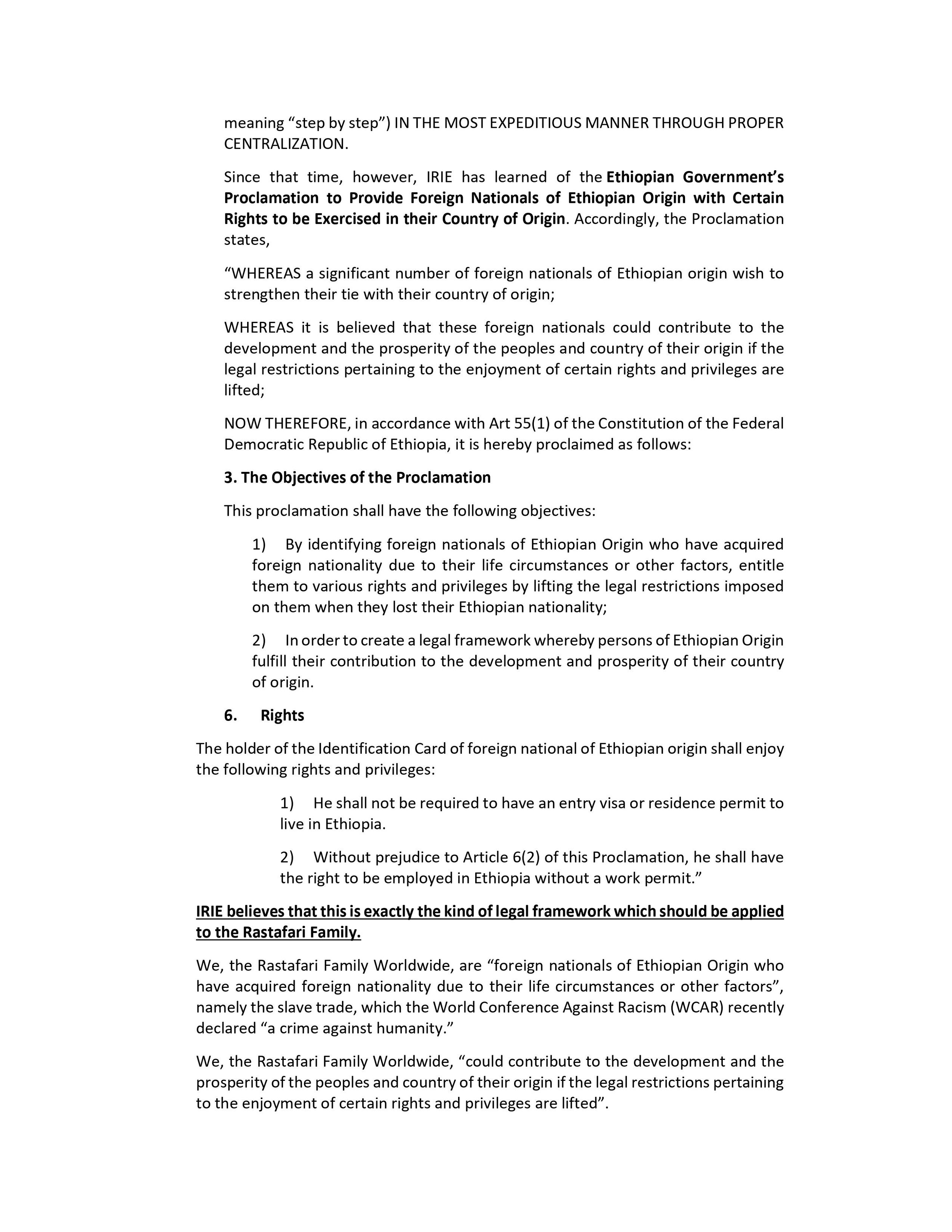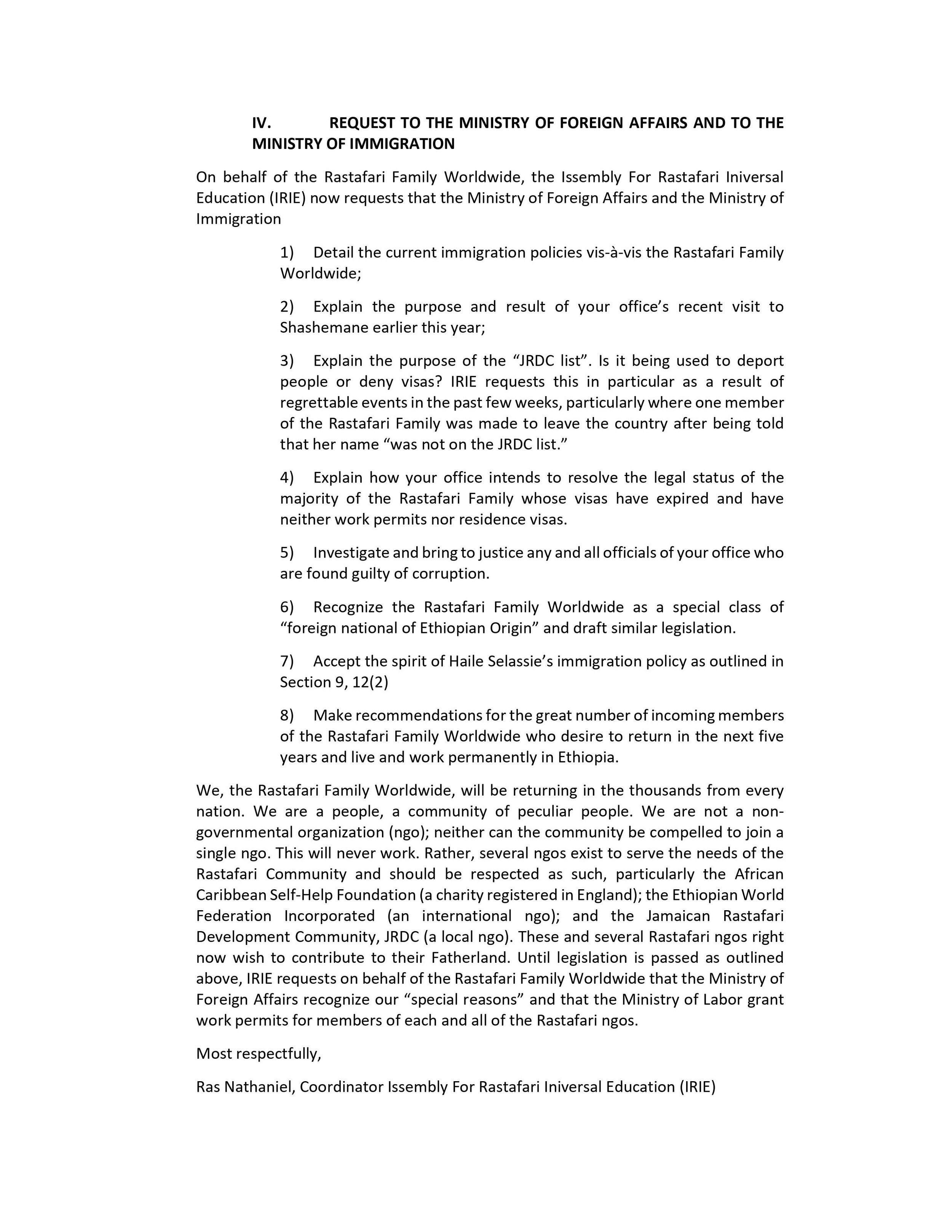From 1668 to 1843, 126,000 people were shipped from the slave trading port of Bissau on the coast of modern day Guinea Bissau, West Africa to the Americas. Records show that 6,400 people were brought to the Gulf Coast, 10,000 people were brought to the port at Charleston, South Carolina, 4,500 people were brought to Chesapeake, and 1,400 people were brought to New York. On February 23, 2021 Nhima Sissé, Secretary of Tourism of Guinea Bissau officially welcomed the descendants of these people to return to their homeland to officially launch the Guinea Bissau Decade of Return Initiative.
According to Siphiwe Baleka, President of the Balanta B’urassa History & Genealogy Society in America (BBHAGSIA) and the brain behind the Guinea Bissau Decade of Return Initiative,
“From 1761 to 1815, records show that 6,534 Binham Brassa (Balanta people) were trafficked from their homeland and enslaved in the Americas. That’s an average of at least 121 Balanta per year. If you include Baga, Banhun, Biafada, Bijago, Bissau, Cacheu, Cassanga, Floup, Jola, Manjaco, Nalu, Papel, Sape, Bambara, Fula, Gabu, Geba, Jalonke, Mandinka and Mouro, it is estimated that in the United States there are as much as 500,000 people who are descendants of people taken from the ports of Ziguinchor, Cacheu, Bissau, Geba, St. Louis (Senegal). There are even more such people in the Caribbean Islands and in Brazil.”
Baleka believes that the return of these “lost sons and daughters” of Guinea Bissau is exactly what is needed by the people on both sides of the Atlantic.
GUINEA BISSAU
Guinea Bissau is a small country on the West Coast of Africa with just under two million people, ranking it 150th in the world in terms of population. The World Bank starts its country profile for Guinea Bissau by stating, "Guinea-Bissau, one of the world’s poorest and most fragile countries. . . .“ According to the International Monetary Fund (IMF), Guinea-Bissau's GDP per capita ranks 174th out of 192 nations. The 2019 Human Development Index (HDI) of the United Nations Development Programme (UNDP) ranked Guinea Bissau 178th out of 189 countries. More than two-thirds of the population lives below the poverty line on less than $2 per day. Combined life expectancy for men and women is just 48.7 years. The World Food Program USA estimates that 27.6 percent of the country suffers chronic malnutrition. One in seven children still die before reaching the age of 5 and more than a quarter of all children under 5 are stunted.
With a Gross National Income of US$570, Guinea-Bissau is the 12th poorest country in the world. The economy of Guinea Bissau depends mainly on agriculture; fish, cashew nuts, and ground nuts are its major exports. Cashews account for about 90% of the country's exports and constitute the main source of income for an estimated two-thirds of the country's households. According to the government, around 80% of the rural population work in the cashew harvest.
Guinean economist Aliu Soares Cassama stated, “Our economy has had a deficit in the trade balance for a long time. In other words, we import more and export less. We know that economic agents do not have purchasing power due to the total paralysis of the State, and this situation will further complicate the economic weakness that the country is experiencing.”
When the COVID 19 pandemic hit and the world went into a global lockdown, Guinea Bissau was hit hard. The decision to put the entire population in quarantine led to runaway inflation. There was a food shortage and people could not afford to buy what food there was. The risk of starvation grew daily for as many as 60% to 70% of the people of Guinea Bissau.
“We tried to call the attention of the world, and particularly the United States, to what was happening in Guinea Bissau. We made a humanitarian crisis intervention video and a GoFundMe campaign,” said Baleka. “We even published AN OPEN LETTER TO THE UNITED STATES CONGRESS, THE CONGRESSIONAL BLACK CAUCUS, AND THE UNITED STATES AGENCY FOR INTERNATIONAL DEVELOPMENT (USAID) pleading with them to send a plane filled with food. Our appeals fell on deaf ears.”
In the end, it was only BBHAGSIA that took any action, raising money and distributing food in nine rural villages in Guinea Bissau. “Guinea Bissau just isn’t on the radar for Americans,” Baleka said.
GUINEA BISSAU AND THE UNITED STATES
The United States does not currently have an Embassy in Guinea Bissau. According the the US Government’s Integrated Strategy for Guinea Bissau,
“the USG can help integrate Guinea Bissau into the greater regional and global economy. . . . The United States has interests in Guinea Bissau despite the country’s small size. . . . In a region susceptible to epidemics, poor public health infrastructure and personnel leave Guinea Bissau vulnerable to emergencies. . . . The lack of a permanent U.S. diplomatic presence in Guinea Bissau constrains the promotion of our interests there. . . .”
For fiscal year 2020, the only US foreign aid to Guinea Bissau was $150,000 from the Bureau of African Affairs for International Military Education and Training.
Nevertheless, on January 29, 2020 the U.S. Ambassador to Senegal and Guinea-Bissau, Tulinabo Salama Mushingi attended the launch of the USDA’s Food for Progress regional cashew value chain project, also called the Linking Infrastructure, Finance, and Farms to Cashews (LIFFT-Cashew). The program implementing a $38 million, six-year project in The Gambia, Senegal, and Guinea-Bissau will enhance the regional cashew value chain to improve the trade of processed cashews in local and international markets. However, this project only reinforces Guinea Bissau’s fundamental problem of mono-crop farming for export. And when the country went into lockdown, it had no effect on helping the people.
ENTER SIPHIWE BALEKA
In 2003, Ras Nathaniel Blake (whose named was legally changed to Siphiwe Baleka in 2008) was working as a journalist in Addis Ababa, Ethiopia covering events at the African Union and the Economic Commission for Africa.










